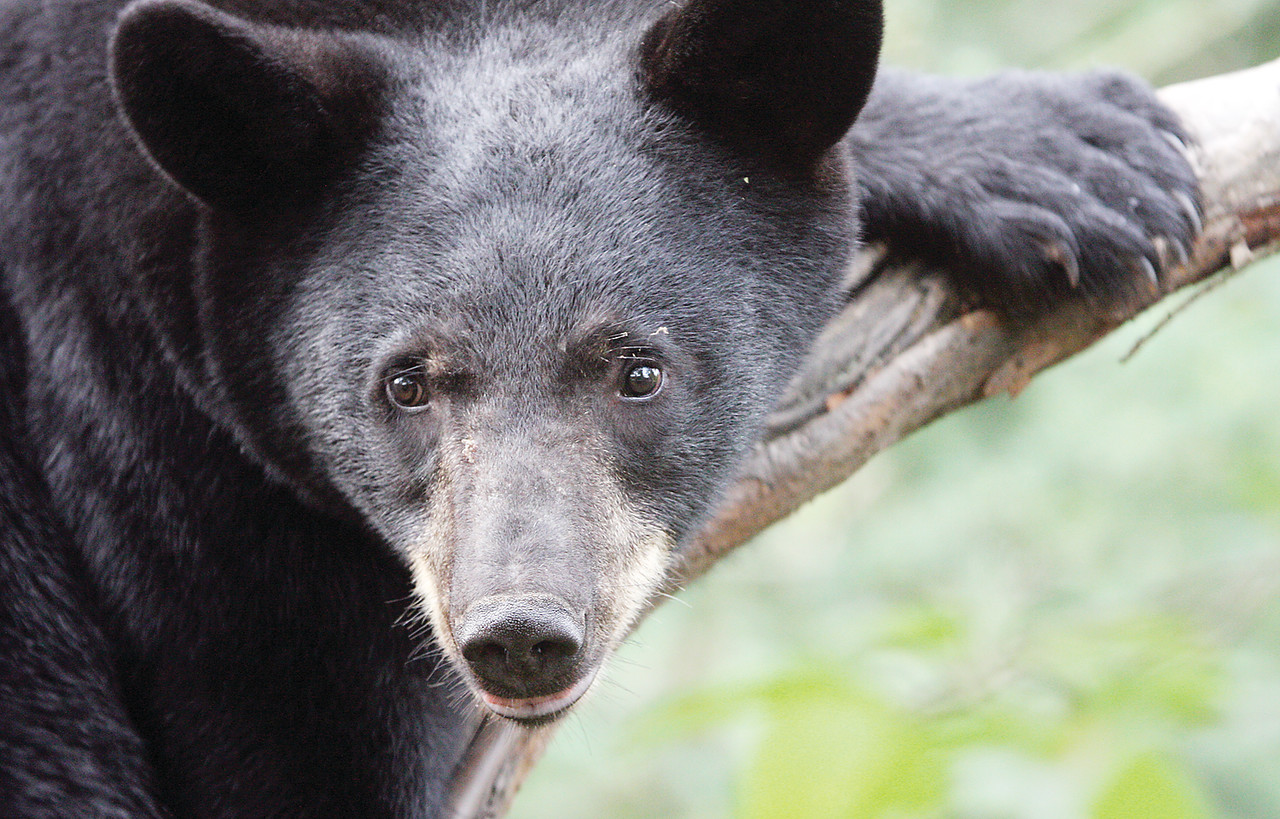Support the Timberjay by making a donation.
Plentiful wild foods will pose challenge for bear hunters
Season starts Monday, runs through Oct. 13
REGIONAL— Bear hunters will find a bit of competition when they take to the forest starting Monday. “There’s a lot of food out in the woods,” said bear guide Dennis Udovich, of Greaney. …
This item is available in full to subscribers.
Attention subscribers
To continue reading, you will need to either log in to your subscriber account, or purchase a new subscription.
If you are a current print subscriber, you can set up a free website account and connect your subscription to it by clicking here.
If you are a digital subscriber with an active, online-only subscription then you already have an account here. Just reset your password if you've not yet logged in to your account on this new site.
Otherwise, click here to view your options for subscribing.
Please log in to continue |
Plentiful wild foods will pose challenge for bear hunters
Season starts Monday, runs through Oct. 13
REGIONAL— Bear hunters will find a bit of competition when they take to the forest starting Monday. “There’s a lot of food out in the woods,” said bear guide Dennis Udovich, of Greaney. “The chokecherries are just hanging, and there’s still lots of raspberries and even blueberries out there,” he said. “Lots of hazelnuts, too.”
Bear hunters typically use baits to attract bears to their hunting stands, and Udovich said those baits are less effective when bears have plenty of natural food in the woods.
Hunters will need to find the right spots, said Udovich, in order to be successful this year. While a berry patch might seem a likely spot, Udovich said being close to water will be key this fall, given the recent turn towards dry conditions. “The bears need to drink,” he said.
Hunters might also look for areas were foods are a bit more scarce, making their baits a bigger windfall for a hungry bear. While much of northern St. Louis County has abundant wild food, central parts of the county have been less productive, according to Tom Rusch, Tower area wildlife manager for the Department of Natural Resources. Rusch said natural foods in some parts of the Tower area aren’t as strong, and in those areas, hunters could do relatively well.
Bear numbers down
The hunt, which runs Sept. 1-Oct. 13, will take place at a time when the state’s bear population is the lowest it’s been in years. Not long ago, the DNR estimated anywhere from 25,000-30,000 bears lived in the state. This year, however, that estimate is down to just 12,000-14,000, and the DNR is projecting hunter success will be lower than last year. That’s a safe bet given the lower bear population as well as the reduction in the number of permits that the DNR plans to sell. Just a few years ago, the DNR issued as many as 16,000 bear permits, but this year that’s down to fewer than 3,800.
And that’s the good news for those hunters who do obtain a permit— with less competition from other hunters, the overall hunter success rate, which typically ranges from 20-40 percent, should be on the high side, predicts Rusch.
Udovich agrees. “It should be a high quality hunt this year,” he said. “There’s a lot less crowding from when they used to issue 16,000 permits.”
Udovich, who is the longtime president of the Minnesota Bear Guides Association, said guides have generally been supportive of the reduction in permits. “It was needed,” said Udovich. “We had told the DNR they were harvesting too many bears.”
The drop in the bear population has been the result mostly of DNR policy, which had been to bring down the population as a way to control nuisance problems. Now, the agency is hoping to rebuild bear numbers, more in the range of 20,000, and will keep permit numbers limited until that happens.
Despite some of the challenges, Udovich said he’s optimistic about the season. “I think we’ll be okay,” he said.






